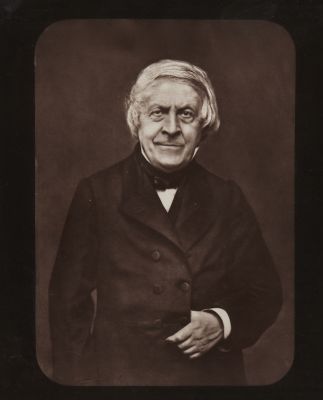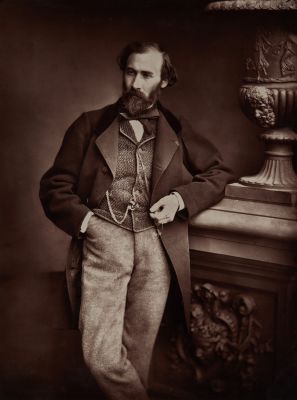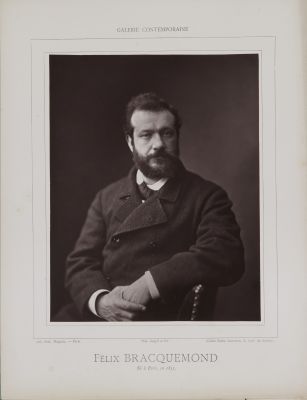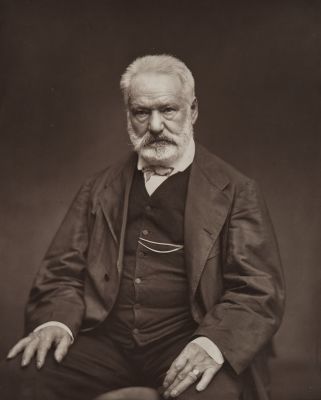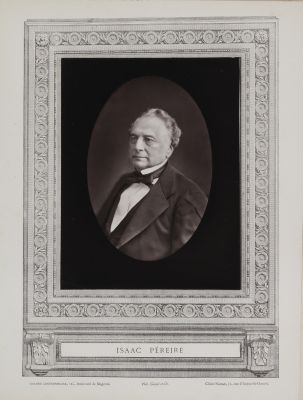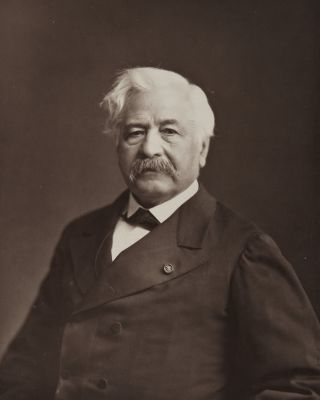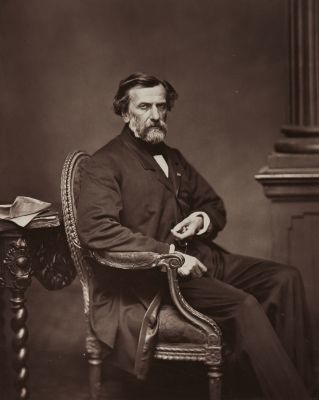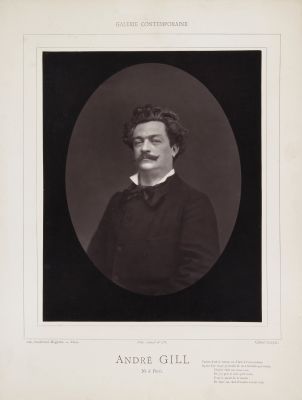
Title
DaudetArtist
Carjat, Etienne (French, 1828-1906)Publication
Galerie ContemporaineDate
1876Process
WoodburytypeAtelier
Goupil & CieImage Size
19.8 x 15.8 cm
Galerie Contemporaine, stands out due to its ambitious scope, as well as for the quality of the photographic imagery it contained. Underpinned by a certain patriotic sentiment and a more sophisticated approach to celebrity, the subtitle Litteraire Artistique declares the work’s focus of interest to be high art. In fact Galerie Contemporaine evolved into the most impressive set of celebrity portraits published in nineteenth-century France, forming a vital visual record of the leading figures who shaped public life, in science and politics as well as the arts, during the Second Empire and the emergent Third Republic. [1]
Issued in parts from 1876 to 1884 by the firm of Goupil, the series contained 241 portraits of leading figures from the worlds of art, literature, music, science, and politics by a host of Parisian photographers. A landmark in early photomechanical publications, Galerie Contemporaine’s illustrations were printed as large woodburytypes–a photomechanical process that reproduced the continuous tones of photography but did so with permanent molded gelatin. The improved speed and economy with which woodburytypes could be printed, as well as their permanence and beauty, made them a practical option for photomechanical book illustration in the 1870s, ultimately however they were eclipsed by more cost effective options however less beautiful.
References
[1] Hannavy, John, editor. Encyclopedia of Nineteenth-century Photography, p. 971 and 567.


